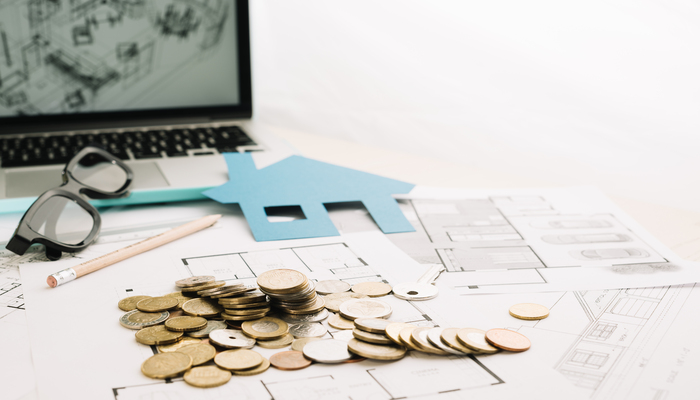ADVERTISEMENT
Investing in real estate is one of the most traditional and safest ways to build wealth over time. However, to achieve solid returns, it is critical to adopt smart and well-planned strategies.
ADVERTISEMENT
Market research and localization:
Before investing in any property, it is essential to conduct a comprehensive research of the real estate market and the specific location. Analyzing valuation trends, rental demand, and local infrastructure can provide valuable insights to identify promising areas for investment.
Portfolio diversification:
As in any other type of investment, diversifying the real estate portfolio is essential to reduce risks. Investing in different types of properties, such as residential, commercial, and land, can help mitigate potential losses in the event of fluctuations in the market.
ADVERTISEMENT
Purchase below market value:
A common strategy to get solid returns is to buy real estate below market value, taking advantage of various opportunities. One of them is participation in auctions, where it is possible to find properties with attractive prices due to the need for quick settlement. In addition, direct negotiations with motivated owners can result in advantageous settlements, especially in cases of inheritances, divorces or sudden changes in personal circumstances. Another effective approach is the identification of quick selling opportunities, in which sellers are willing to accept prices below market value due to urgent financial needs. These strategies offer investors the chance to acquire real estate with significant valuation potential, thereby maximizing returns on investment.
Enhancement and enhancement:
Investing in property improvements is a smart strategy to increase not only market value, but also attractiveness to potential tenants or buyers. While it may require an initial investment, the return on that investment can be substantial. In addition to the simple renovations mentioned, such as painting, structural repairs and finishing updates, other improvements, such as modernizing the kitchen or bathroom, installing new electrical appliances or improving energy efficiency, can further increase the perceived value of the property. Investing in aesthetic and functional improvements not only makes the property more attractive, but can also justify an increase in the rental value or sale price, resulting in even more significant returns on the initial investment
Buy-to-let:
Investing in rental real estate is more than a popular strategy; it’s one of the most reliable ways to generate long-term passive cash flow. However, to ensure the success of this endeavor, it is crucial to conduct a comprehensive analysis before purchasing a rental property. This includes not only assessing rental demand in the area, but also understanding the factors that influence that demand, such as proximity to public transportation, schools, workplaces, and other essential amenities. In addition, it is vital to consider the operating costs associated with maintaining the property, such as taxes, insurance, repairs, and management fees, to ensure that the return on investment is significant. By taking a judicious approach in choosing rental properties, investors can increase their chances of achieving solid and consistent returns over time, thereby ensuring a stable and long-lasting passive cash flow.
Investment in Commercial Real Estate:
Commercial real estate such as offices, shops and warehouses offer unique investment opportunities. While they may involve higher initial investments, these properties often generate solid returns through long-term leases and stable cash flow.
Risk and return analysis:
Before making any real estate investment, it is crucial to conduct a thorough risk and return analysis. This involves assessing not only the potential financial return, but also the associated risks such as vacancy, market fluctuations, and maintenance costs.
Smart Financing:
Utilizing smart financing strategies can extend purchasing power and maximize returns on real estate investment. Exploring options such as bank financing, mortgage lending and investment partnerships can provide access to additional capital and optimize the financing structure.
Monitoring and adjustments:
Finally, it is essential to continuously monitor the performance of your real estate investment and be prepared to make adjustments as needed. This can include periodic review of rents, preventative property maintenance, and adapting to changes in the market to maximize long-term returns.
Investing in real estate can be a profitable strategy to build wealth and earn solid returns over time. However, it is crucial to take a strategic and well-informed approach, including market research, portfolio diversification, smart buying, investing in improvements, and risk analysis. With proper care and planning, investors can reap the financial benefits of real estate consistently and sustainably.





